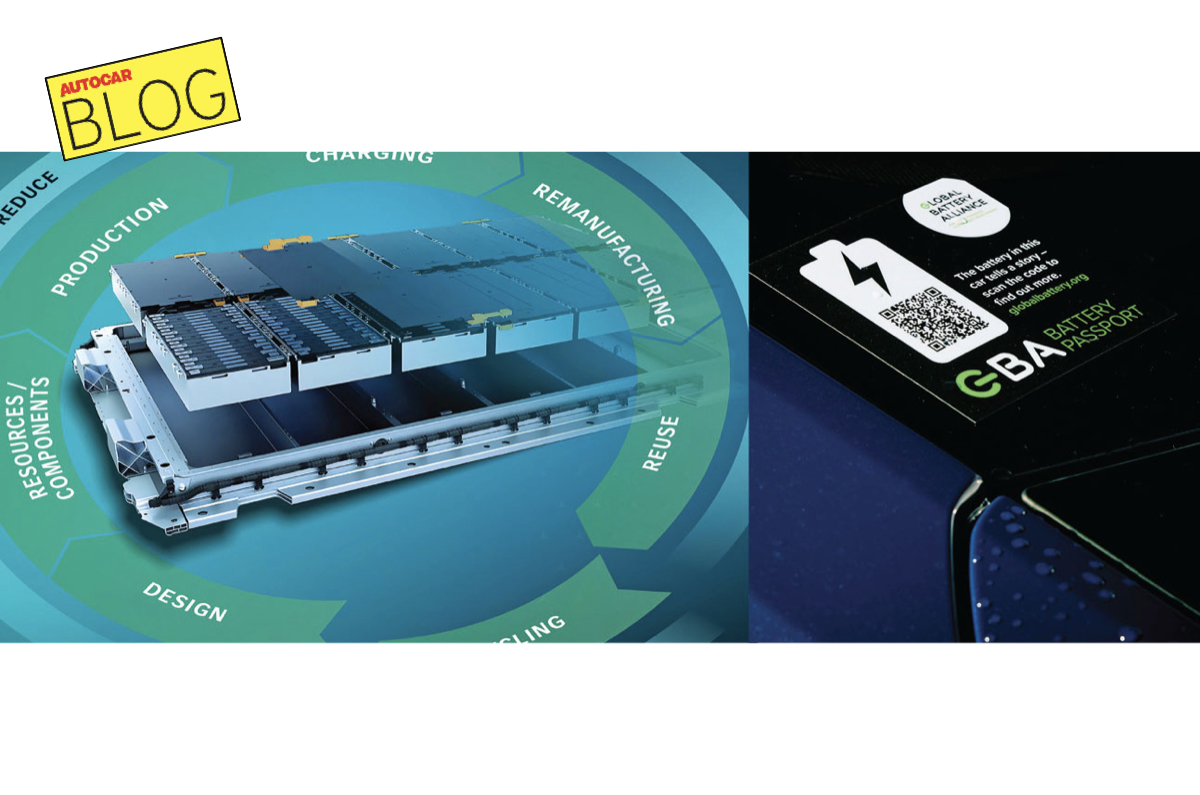Opinion: The need for greener EVs

The world today needs more electric cars. No, don’t get me wrong, this is not because I think they are ‘zero emission’ vehicles; far from it. What EVs can be in the future, however, are a cleaner, greener way forward. And it’s not just the world that needs more EVs; India desperately needs more EVs too. We spend roughly USD 125 billion on the import of crude oil every year, and any significant move to electric vehicles can help offset this massive drain on our national resources.
What EVs, however, need to do is get greener. To achieve this, we first need norms that dictate batteries be made using less energy-intensive materials that are cleaner to mine, refine and produce. And on the flip side what we need to do is decarbonise and clean up the grid. Remember the old adage ‘only when you measure, can you improve’? That’s exactly what we need to do here today. Measure, measure, measure. The sad fact is that no one is really measuring the amounts of CO2 EVs generate. In fact, look at EVs today and what you are reminded of are American gas guzzlers of the ’60s and ’70s, where cars had no emissions regulations to conform with. This needs to change. And fast.
To be fair, the EU has already introduced the concept of a Digital Battery Passport, which is sort of a first step. An electronic record of every single automotive battery allowed into the EU; it has the name of the manufacturer, the material composition, how to recycle it and most importantly the carbon footprint of the battery (or just how much CO2 was produced during its manufacture). The information is pretty comprehensive. Not only can you find the source of the raw material and examine the processes used in extraction, you can also access safety-related information that could help prevent fires and thermal runaway; the latter extremely important for our hot conditions. So a Digital Battery Passport is something we need to implement in India desperately.
What we also need to work on, if we genuinely want to green up the electric car, is measure the CO2 produced when we make the electricity used to charge our EVs. What percentage, for example, comes from hydroelectric power, wind energy, thermal power or a coal-fired power station. Each city, town, district and region needs to have its own ratings based on annual averages. This may sound difficult, but experts in the transmission and distribution field say it isn’t as difficult to achieve as it is often made out to be. And then this needs to be correlated with the EV in question. It isn’t easy to do, sure, but then nor are emissions measuring devices and procedures for ICE cars.
Take these measures and the EV will be well on its way into becoming the green car we all expect it to be. The bonus: turning the spotlight on electricity generation will bring a shaper focus on the one area that needs it most. Get this: in 2022, the US electric power industry accounted for about 33 percent of total US energy-related CO2 emissions. Cars amount for between six and nine percent, depending on whom you ask.
from Autocar India https://ift.tt/uQ5taTO
Comments
Post a Comment